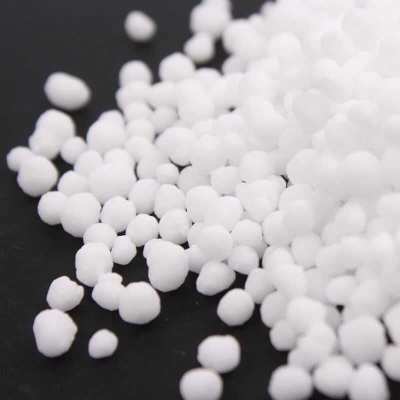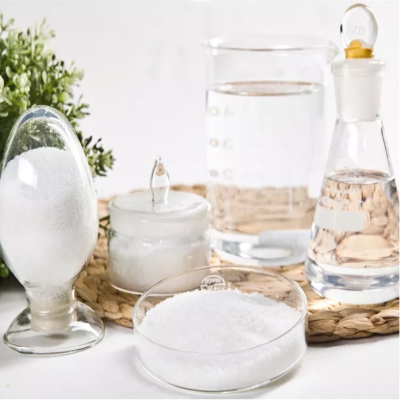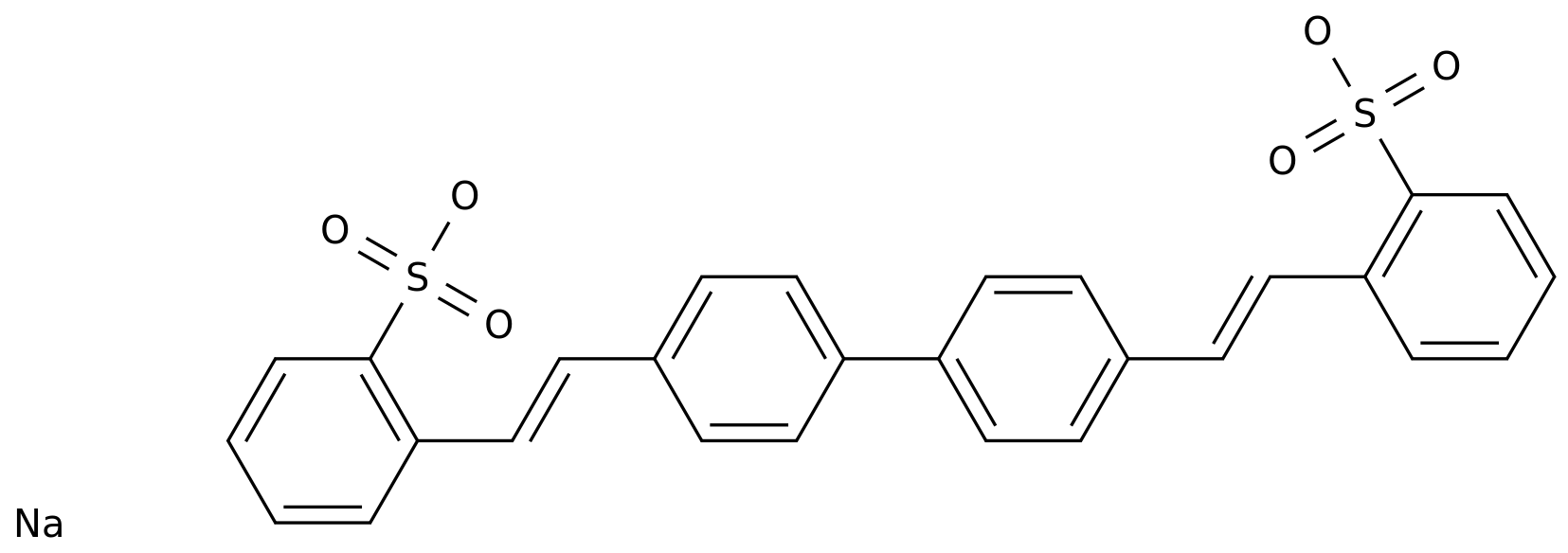-
Categories
-
Pharmaceutical Intermediates
-
Active Pharmaceutical Ingredients
-
Food Additives
- Industrial Coatings
- Agrochemicals
- Dyes and Pigments
- Surfactant
- Flavors and Fragrances
- Chemical Reagents
- Catalyst and Auxiliary
- Natural Products
- Inorganic Chemistry
-
Organic Chemistry
-
Biochemical Engineering
- Analytical Chemistry
- Cosmetic Ingredient
-
Pharmaceutical Intermediates
Promotion
ECHEMI Mall
Wholesale
Weekly Price
Exhibition
News
-
Trade Service
In recent years, 3D printing technology has become popular all over the world for its flexible and changeable printing methods to construct complex physical structures
.
The maturity of 3D printing technology also makes 3D printing play an increasingly important role in the medical market
.
But usually, 3D printed objects are only static three-dimensional structures, and will not produce functional characteristics over time, which greatly limits its application in the medical market
.
Recently, researchers at the University of Illinois at Chicago said that they have developed a new type of 4D hydrogel material that can change shape under psychological stimulation
.
This not only effectively solves the limitations of 3D printing in the medical market, but is more likely to become the next generation of materials for the production of bioengineered tissues and organs in the future
.
In terms of materials, 4D is similar to 3D.
The difference is that 4D surpasses our current understanding of three-dimensional space dimensions.
In 4D printing technology, we can give the printed body a specific time or specific conditions to automatically change, or Become a self-changing and self-assembling object
.
In other words, 4D materials can achieve dynamic changes in shape in specific rings such as water and light
.
4D materials are 3D materials that can undergo geometric changes
.
In view of the superiority of 4D printing technology, bioengineering researchers have previously regarded 4D materials as potential materials for tissue engineering structure manufacturing.
However, there are still problems of inability to degrade and compatibility with cells, which also limits its application in regenerative medicine.
.
In addition, for tissue engineering, traditional techniques have involved, for example, culturing biodegradable polymer scaffolds to enable cells to survive in biological chambers filled with liquid nutrient solutions
.
And, over time, when an appropriate signal is provided, the number of cells will increase exponentially, and new tissues with the shape of the scaffold will be produced as the scaffold degrades
.
However, geometric static stents cannot form tissues that dynamically change shape over time, nor can they promote interaction with adjacent tissues that change shape.
.
In this study, in order to apply the advantages of 4D printing technology to bioengineering, the researchers prepared a photo cross-linking of oxidized methacrylic acid alginate (OMA) and methacrylic gelatin (GelMA).
A bilayer hydrogel with controllable geometric changes under irritation
.
This new type of biodegradable 4D material that is compatible with cells has a clear 4D geometric change, or will further expand the application prospects of this method in regenerative medicine
.
The researchers also discovered that the system can be calibrated by controlling the degree of shape change and the time required for the hydrogel
.
They also used experiments to verify that bone marrow stem cells were embedded in the hydrogel at a very high density and kept the cells viable
.
Hydrogels support the characteristics of high cell density, allowing them to more closely mimic tissue forms or natural healing processes.
This system is not only expected to be used in tissue engineering, but also can be used to study biological processes during early development.
The practical application of ”is undoubtedly of great significance
.
.
The maturity of 3D printing technology also makes 3D printing play an increasingly important role in the medical market
.
But usually, 3D printed objects are only static three-dimensional structures, and will not produce functional characteristics over time, which greatly limits its application in the medical market
.
Recently, researchers at the University of Illinois at Chicago said that they have developed a new type of 4D hydrogel material that can change shape under psychological stimulation
.
This not only effectively solves the limitations of 3D printing in the medical market, but is more likely to become the next generation of materials for the production of bioengineered tissues and organs in the future
.
In terms of materials, 4D is similar to 3D.
The difference is that 4D surpasses our current understanding of three-dimensional space dimensions.
In 4D printing technology, we can give the printed body a specific time or specific conditions to automatically change, or Become a self-changing and self-assembling object
.
In other words, 4D materials can achieve dynamic changes in shape in specific rings such as water and light
.
4D materials are 3D materials that can undergo geometric changes
.
In view of the superiority of 4D printing technology, bioengineering researchers have previously regarded 4D materials as potential materials for tissue engineering structure manufacturing.
However, there are still problems of inability to degrade and compatibility with cells, which also limits its application in regenerative medicine.
.
In addition, for tissue engineering, traditional techniques have involved, for example, culturing biodegradable polymer scaffolds to enable cells to survive in biological chambers filled with liquid nutrient solutions
.
And, over time, when an appropriate signal is provided, the number of cells will increase exponentially, and new tissues with the shape of the scaffold will be produced as the scaffold degrades
.
However, geometric static stents cannot form tissues that dynamically change shape over time, nor can they promote interaction with adjacent tissues that change shape.
.
In this study, in order to apply the advantages of 4D printing technology to bioengineering, the researchers prepared a photo cross-linking of oxidized methacrylic acid alginate (OMA) and methacrylic gelatin (GelMA).
A bilayer hydrogel with controllable geometric changes under irritation
.
This new type of biodegradable 4D material that is compatible with cells has a clear 4D geometric change, or will further expand the application prospects of this method in regenerative medicine
.
The researchers also discovered that the system can be calibrated by controlling the degree of shape change and the time required for the hydrogel
.
They also used experiments to verify that bone marrow stem cells were embedded in the hydrogel at a very high density and kept the cells viable
.
Hydrogels support the characteristics of high cell density, allowing them to more closely mimic tissue forms or natural healing processes.
This system is not only expected to be used in tissue engineering, but also can be used to study biological processes during early development.
The practical application of ”is undoubtedly of great significance
.







